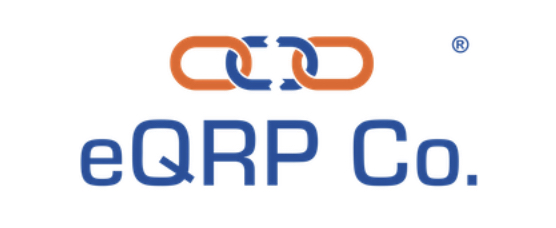One of the key metrics of investment returns is the internal rate of return, or IRR. This concept goes beyond the annual rate of return which simply measures the overall return through cash flow and the sale of the asset and divides it by the number of years.
Average Annual Return (AAR)
For example, consider an investment of $100k that results in a total return of $200k over 5 years with the following cash flows:
Initial Investment (Year 0) : ($100,000)
Cash Flow – Year 1: $14,000
Cash Flow – Year 2: $13,000
Cash Flow – Year 3: $21,000
Cash Flow – Year 4: $22,000
Cash Flow + Sell Proceeds – Year 5: $130,000
This brings an average annual return of 20% ($200k total return minus $100k initial investment, divided by 5 years).
Internal Rate of Return (IRR)
IRR is more technical than AAR and one that even private equity firms may struggle to explain to new investors. So here is a definition from Investopedia:
IRR is a discount rate that makes the net present value (NPV) of all cash flows equal to zero in a discounted cash flow analysis.
In plain English, this means that, depending on the timing of the future cash flows (year 2 income, year 3 income, etc.) the values of those cash flows are discounted to account for the time value of money.
Using the example used to calculate AAR above, let’s show what the IRR would be of that investment.
Initial investment: $100k
Initial Investment (Year 0) : ($100,000)
Cash Flow – Year 1: $14,000
Cash Flow – Year 2: $13,000
Cash Flow – Year 3: $21,000
Cash Flow – Year 4: $22,000
Cash Flow + Sell Proceeds – Year 5: $130,000
Based on the above cash flows, the IRR, calculated using an Excel formula, financial calculator, or web app, is 19%. Notice that the IRR is less than the 20% ARR, and that is because it takes into account the time value of the later proceeds. The farther into time that you receive payments, the more discounted, or less value, IRR assigns to those cash flows.
What Is IRR and Why Is It Used In Apartment Investing?
Sign Up For Our Newsletter 👇🏾
Subscribe to My Channel 👇🏾

💡Invest Your Retirement w/ eQRP
– I Rolled My 401k Into eQRP to Passively Invest In Apartments

